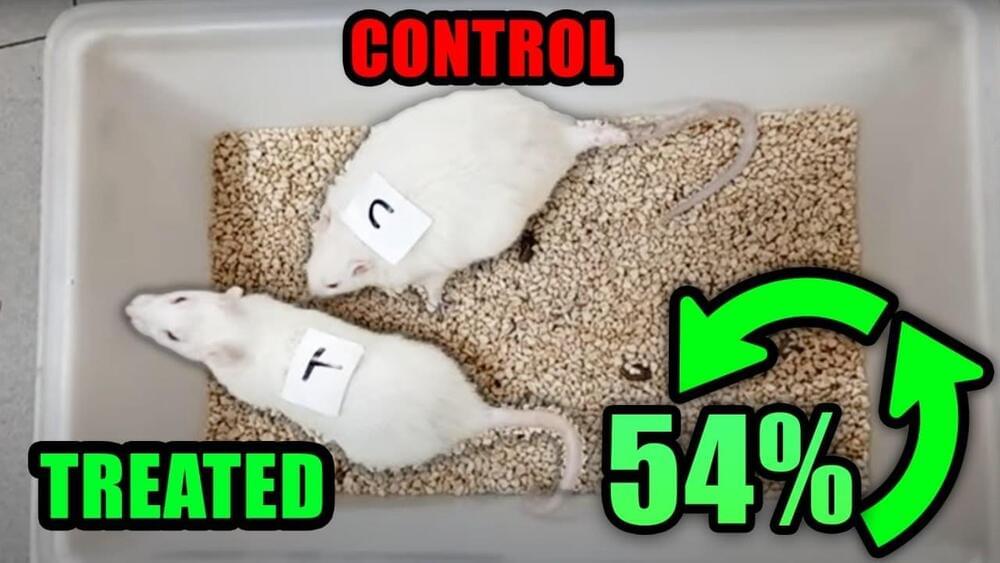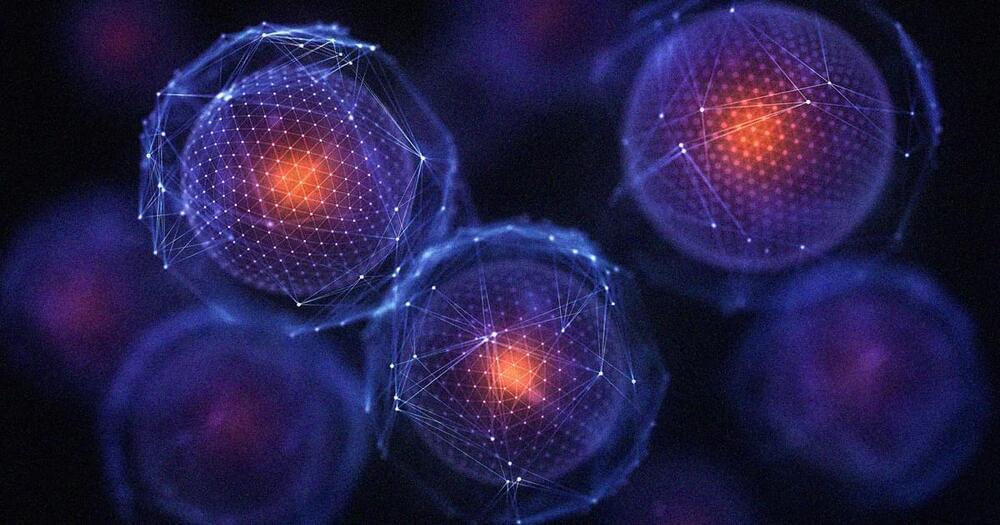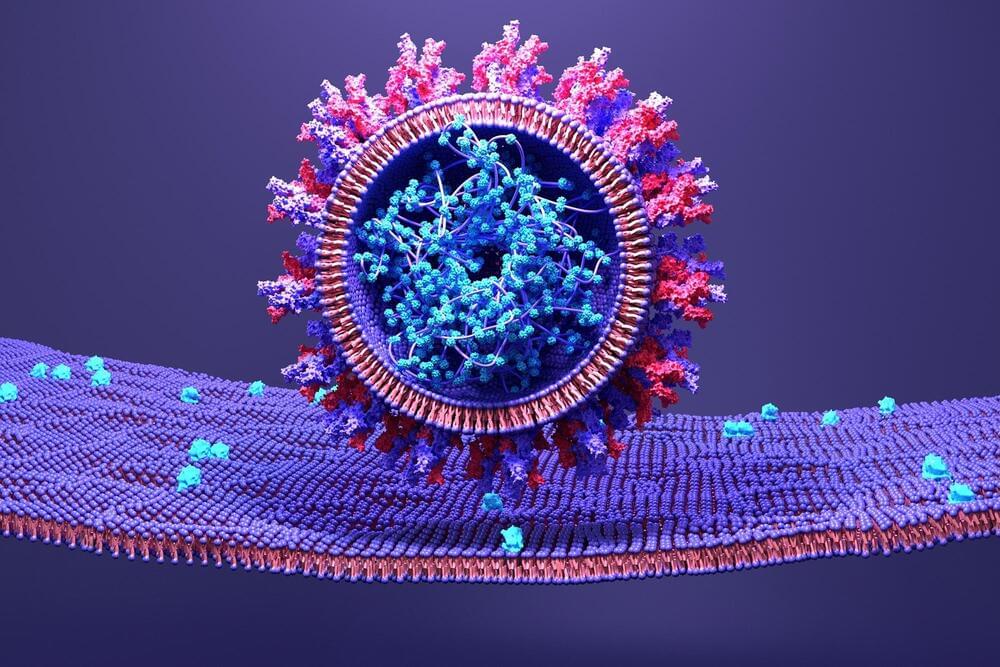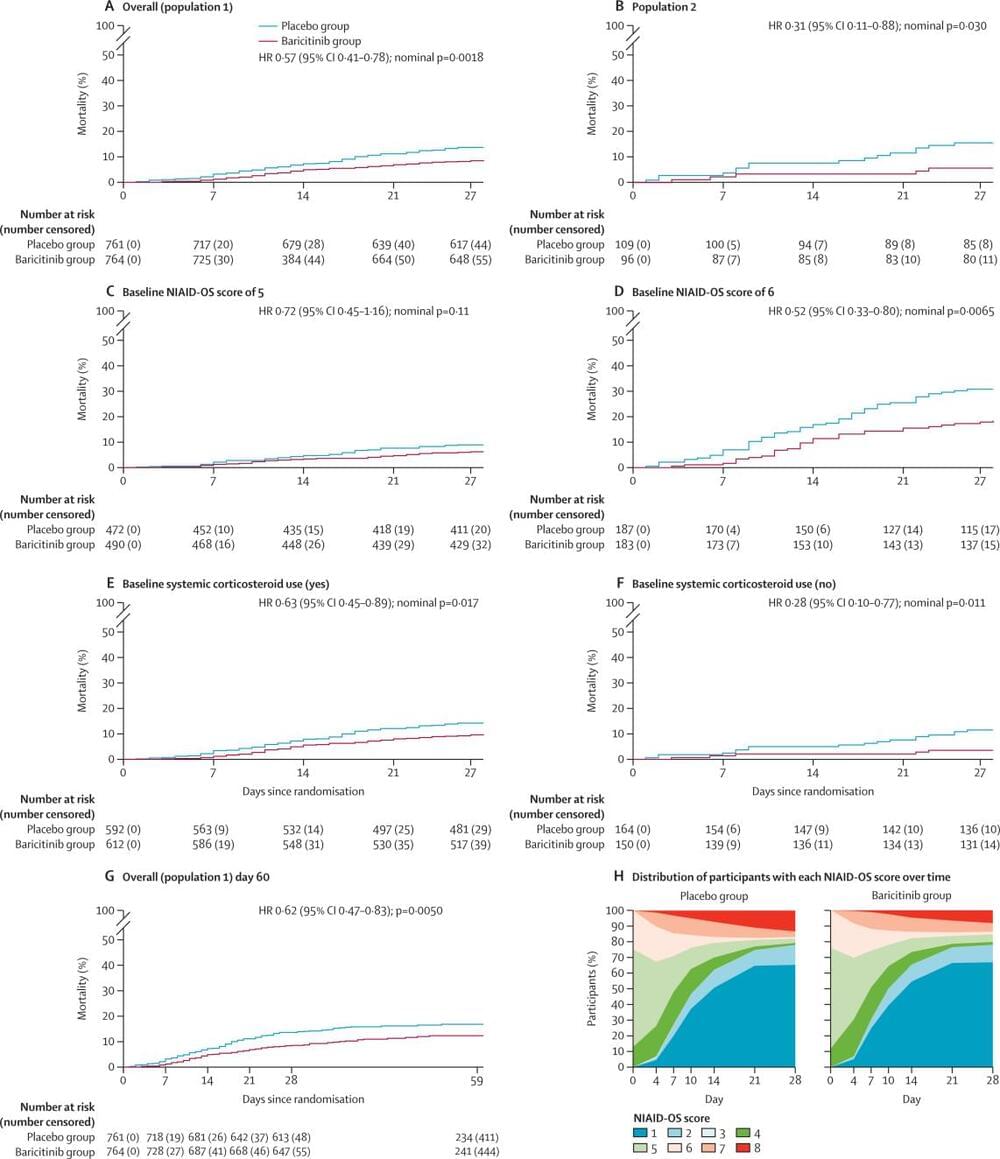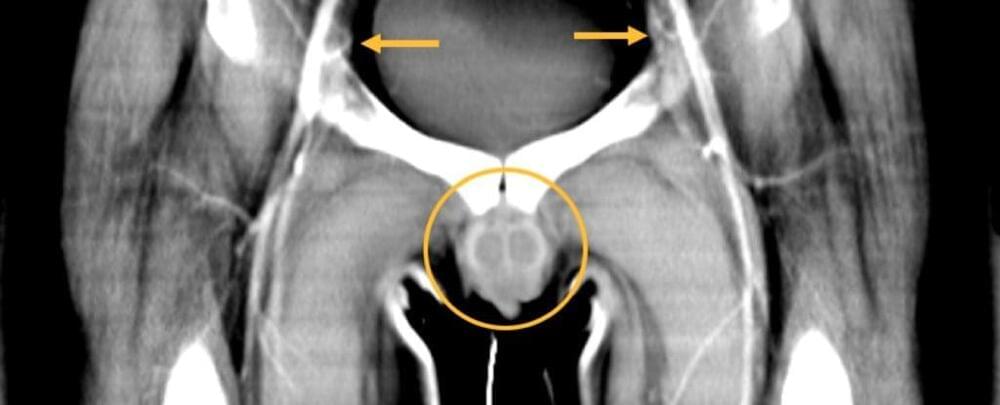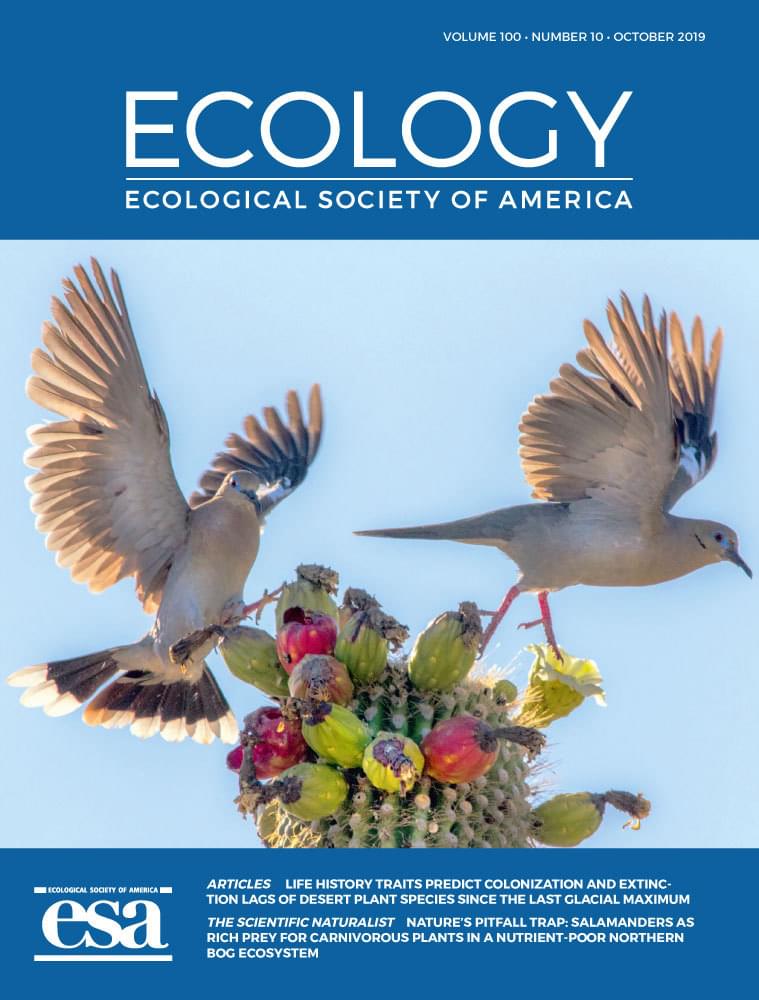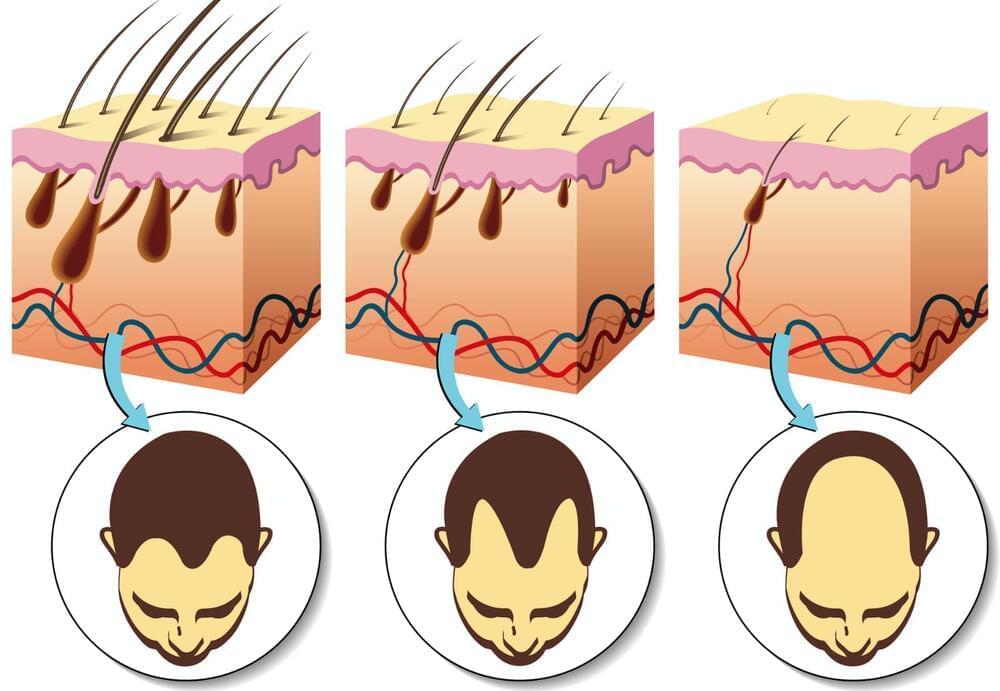Brent Nally interviews Dr Katcher about E5 plasma filtering. “What’s the purpose of anything if you’re gonna die?” E5 human trials perhaps by the end of 2022. All treated rats so far are still alive. “The question is how many times can we do this?” So far with rats it’s 3 times. He has not given out the specific E5 formula. Right now there is another party attempting to repeat his rat experiments.
Harold earned his PhD in Biology, is Chief Science Officer of Yuvan Research and is one of the discoverers of the breast cancer gene (BRCA1). Harold describes in his book, The Illusion of Knowledge, his personal story and journey developing E5 which may be extremely promising for the field of rejuvenation/biological age reversal. Read this May2020paper.
Sign up for free: https://LongevityPlan.com https://Twitter.com/BrentNally https://Patreon.com/BrentNally https://Linkedin.com/in/BrentNally https://Instagram.com/Brent.Nally https://Facebook.com/Brent.Nally https://Reddit.com/user/BrentNally Discord Brent Nally#0616 TikTok @brentnally Telegram https://t.me/brentnally https://medium.com/@BrentNally https://BrentNally.tumblr.com Snapchat BrentNally.
- My mission is to solve the human aging problem ASAP.
- I NEED YOUR SUPPORT:
venmo @Brent-Nally.
cashapp $BrentNally.
https://paypal.me/BrentNally.
https://patreon.com/BrentNally.
https://my.pleds.to/brentnally.
Bitcoin Cash (BCH) qq7yhlwwzk8awrl57rrk342eshu4jw3kjgpwhwxgkc.
Bitcoin (BTC) 3AUv3vujbDMjVDoQjYur7jdis8RLAVDCrX
Ethereum (ETH) 0x7769d91994f9BD7e1161CBCA95D29dfb7f27952f.
Litecoin (LTC) MN53Q16iXYYy8RCEDagLU4Suorp6B7gcT6.
- Please also subscribe, click the bell & click “all notifications” on these YouTube channels:
https://youtube.com/LifespanNews.
https://youtube.com/LifespanIO
https://youtube.com/Longevityy.
https://youtube.com/DrBradStanfield.
https://youtube.com/TheSheekeyScienceShow.
https://youtube.com/Transhumania.
https://youtube.com/VitaDAO
https://youtube.com/EternalLifeFan.
https://youtube.com/SiimLand.
https://youtube.com/c/ForesightInstitute.
https://youtube.com/SENSFVideo.
https://youtube.com/NUSYLLSoM
https://youtube.com/COPL18
https://youtube.com/MyNMNExperiment.
https://youtube.com/channel/UCLFEKx_LchTLy_XwjPToJ3A
https://youtube.com/AntiAgingHacks.
https://youtube.com/MakingTomorrowBetter.
Thumbnail by: Ilya Osipov.
SHOW NOTES:
